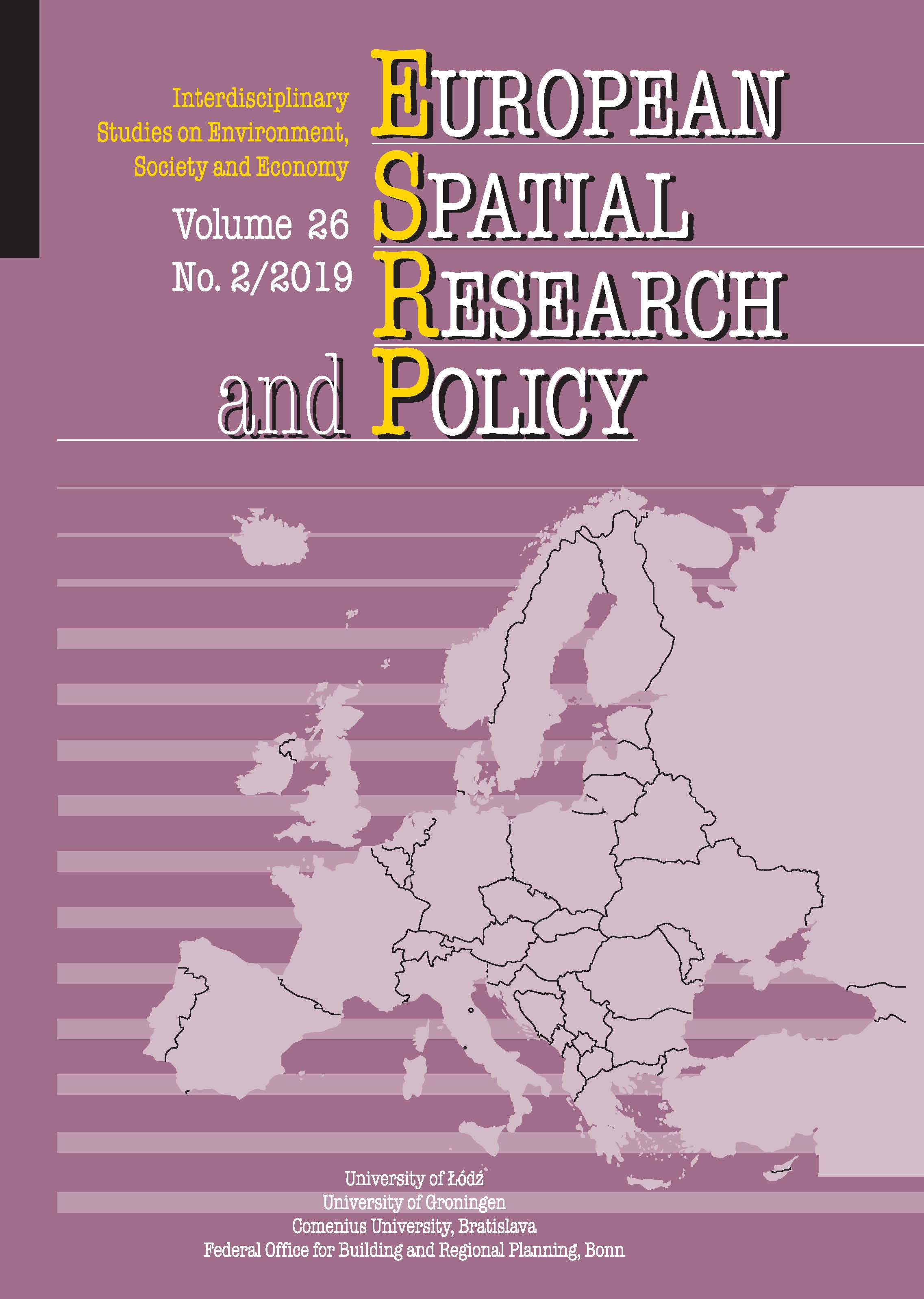Anti-liberal, anti-establishment or constituency-driven Spatial econometric analysis of polish parliamentary election results in 2015
Anti-liberal, anti-establishment or constituency-driven? Spatial econometric analysis of polish parliamentary election results in 2015
Author(s): Aleksandra Lasoń, Andrzej TorójSubject(s): Geography, Regional studies, Electoral systems
Published by: Wydawnictwo Uniwersytetu Łódzkiego
Keywords: spatial analysis; election results; Poland; constituencies; mixed-W models
Summary/Abstract: We investigated the spatial variation patterns of voting results in Polish parliamentary election in 2015 across 380 regions. That election was a milestone event in Polish politics that substantially affected Poland’s internal and foreign policy directions and promoted two emerging political parties as runners-up against the well-established ones. While socio-economic, cultural and geographical factors such as economic activity, historical legacies (post-Russian East vs post-German West) and economic dichotomies (cities vs the countryside) explain most variations for most parties, they do not appeared to fit as determinants of the new parties’ support, especially of right-wing populists. Demographic target groups of individual parties appear to be relatively unresponsive to their pre-election offerings. The spatial specification of econometric models considerably improves their statistical properties. We also examined mixed-W models to account for the unobservable spatial effects stemming from the construction of constituencies. Their distinctive sets of candidates added significantly to the explanation of the spatial variation in voting.
Journal: European Spatial Research and Policy
- Issue Year: 26/2019
- Issue No: 2
- Page Range: 199-236
- Page Count: 38
- Language: English

